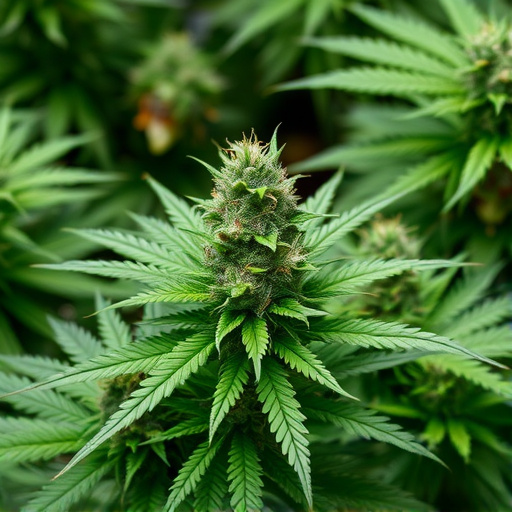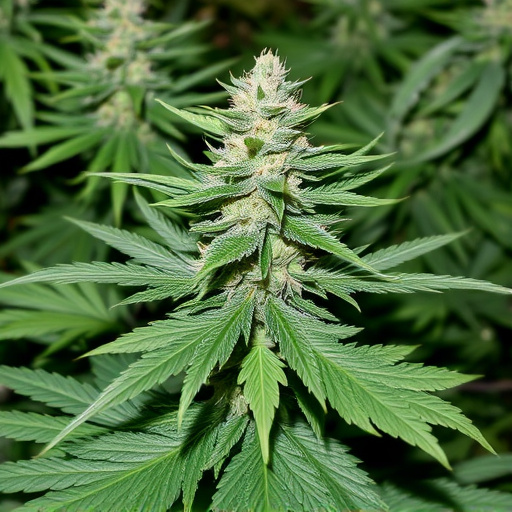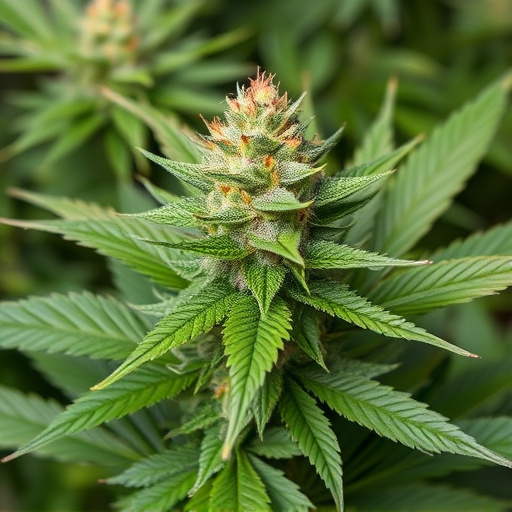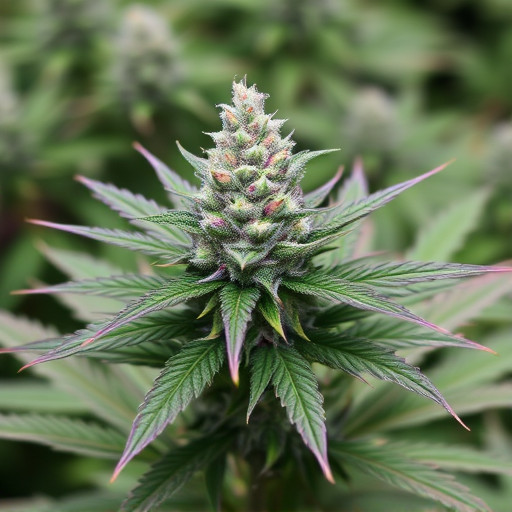Cannabis sativa strains, rich in cannabinoids (THC, CBD), terpenes, and flavonoids, offer diverse medical benefits. High CBD strains treat anxiety and inflammation, while higher THC levels alleviate chronic pain and induce euphoria. Terpenes influence cannabis effects. Understanding these chemical profiles is crucial for patients and healthcare providers to maximize medicinal potential. Cannabis's therapeutic value stems from its interaction with the endocannabinoid system, with specific strains targeting conditions like multiple sclerosis, chronic pain, epilepsy, PTSD, and anxiety. Consumption methods include smoking, vaporizing, and oil extraction.
Cannabis flower, derived from the versatile Cannabis sativa strains, offers a plethora of medical benefits due to its unique chemical composition. This article delves into the science behind these strains and their active compounds, particularly cannabinoids. We explore how these natural molecules interact with our bodies’ endocannabinoid system to provide relief for various health conditions. From understanding specific cannabinoid profiles to targeted applications, this guide unveils the medical potential of cannabis sativa strains.
- Understanding Cannabis Sativa Strains and Their Chemical Composition
- The Role of Cannabinoids in Medical Treatment
- Targeted Applications: Addressing Specific Health Conditions with Cannabis Flowers
Understanding Cannabis Sativa Strains and Their Chemical Composition
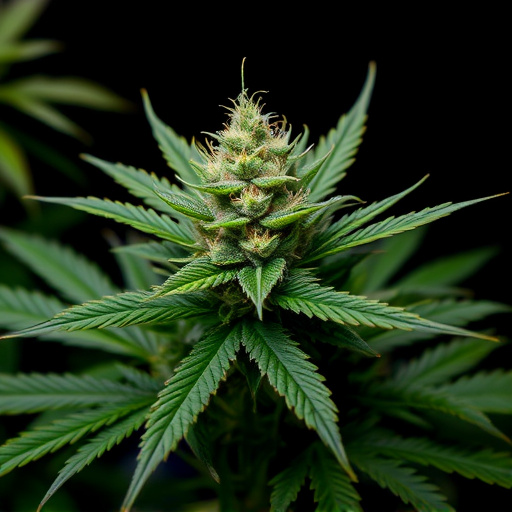
Cannabis sativa strains, with their diverse range of chemical compositions, play a pivotal role in offering various medical benefits. These plants contain hundreds of unique compounds, including cannabinoids like THC and CBD, terpenes, and flavonoids. Each strain’s specific combination of these chemicals contributes to its distinct therapeutic properties. For instance, high CBD strains are often sought after for their anti-inflammatory and anxiolytic effects, making them useful in treating conditions such as epilepsy and anxiety.
In contrast, strains with higher THC levels may induce euphoria and provide relief from chronic pain, nausea, and sleep disturbances. Terpenes, aromatic compounds that give cannabis its unique scents, also play a role in modulating the overall effect of the plant. Understanding these cannabis sativa strains and their chemical makeup is crucial for patients and healthcare professionals alike to harness the full potential of cannabis as a medicinal resource.
The Role of Cannabinoids in Medical Treatment
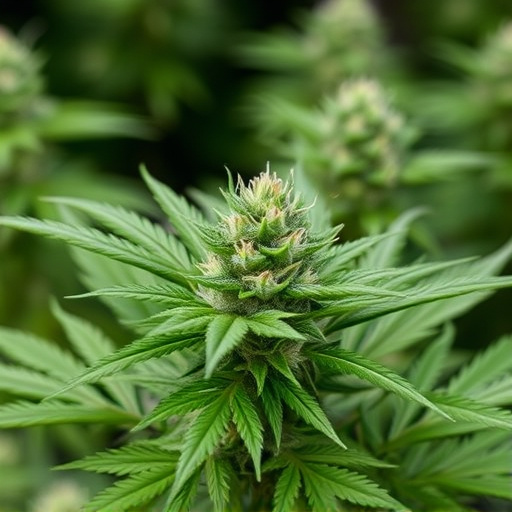
Cannabis flowers owe their significant medical potential to a diverse range of cannabinoids, most notably tetrahydrocannabinol (THC) and cannabidiol (CBD). These chemical compounds interact with the body’s endocannabinoid system (ECS), which plays a crucial role in regulating various physiological processes, including pain perception, appetite, mood, and memory.
THC is responsible for the plant’s psychoactive effects, but it also exhibits therapeutic properties. It binds to specific receptors in the brain, influencing neurological activity and potentially reducing inflammation, easing spasms, and mitigating nausea—benefits that make cannabis sativa strains popular among patients dealing with conditions like multiple sclerosis, chronic pain, and chemotherapy-induced sickness. Meanwhile, CBD doesn’t produce a “high” but has garnered attention for its anti-inflammatory, anxiolytic (anxiety-reducing), and anticonvulsant properties, making it a promising treatment option for epilepsy, PTSD, and anxiety disorders.
Targeted Applications: Addressing Specific Health Conditions with Cannabis Flowers
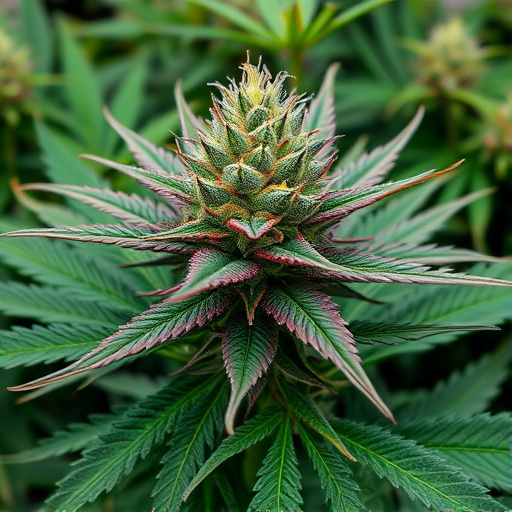
Cannabis flowers offer a range of medical benefits by targeting specific health conditions due to their diverse chemical composition, particularly cannabinoids like THC and CBD. Different cannabis sativa strains vary in their cannabinoid profiles, allowing for tailored applications. For instance, high THC strains are often recommended for managing chronic pain, insomnia, and appetite loss, while CBD-rich strains are preferred for anxiety, inflammation, and seizures.
These flowers can be consumed through various methods such as smoking, vaporizing, or extracting oils and concentrates, each delivering cannabinoids in different ways. Patients and healthcare providers can work together to determine the most effective strain and consumption method for managing specific symptoms, leveraging the targeted applications of cannabis sativa strains for optimal therapeutic outcomes.
Cannabis sativa strains, with their diverse chemical compositions, offer a wealth of medical potential through the power of cannabinoids. By understanding these compounds and their interactions within the plant, we can harness the targeted applications of cannabis flowers to address specific health conditions effectively. Further research and accessibility are key to unlocking the full therapeutic benefits that cannabis provides.









